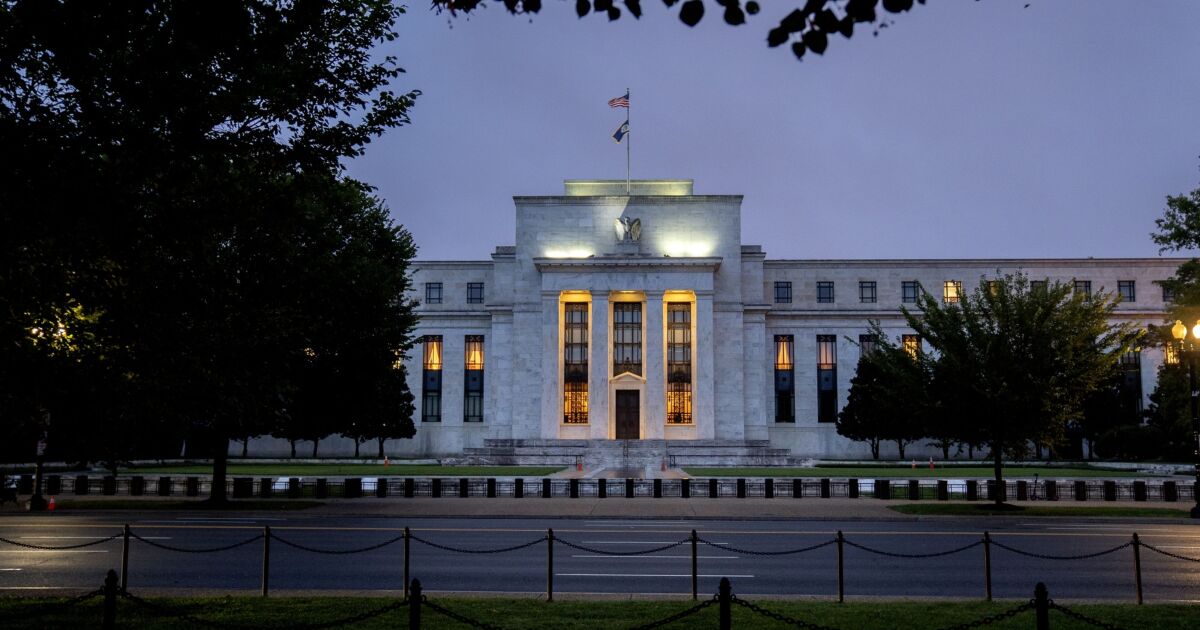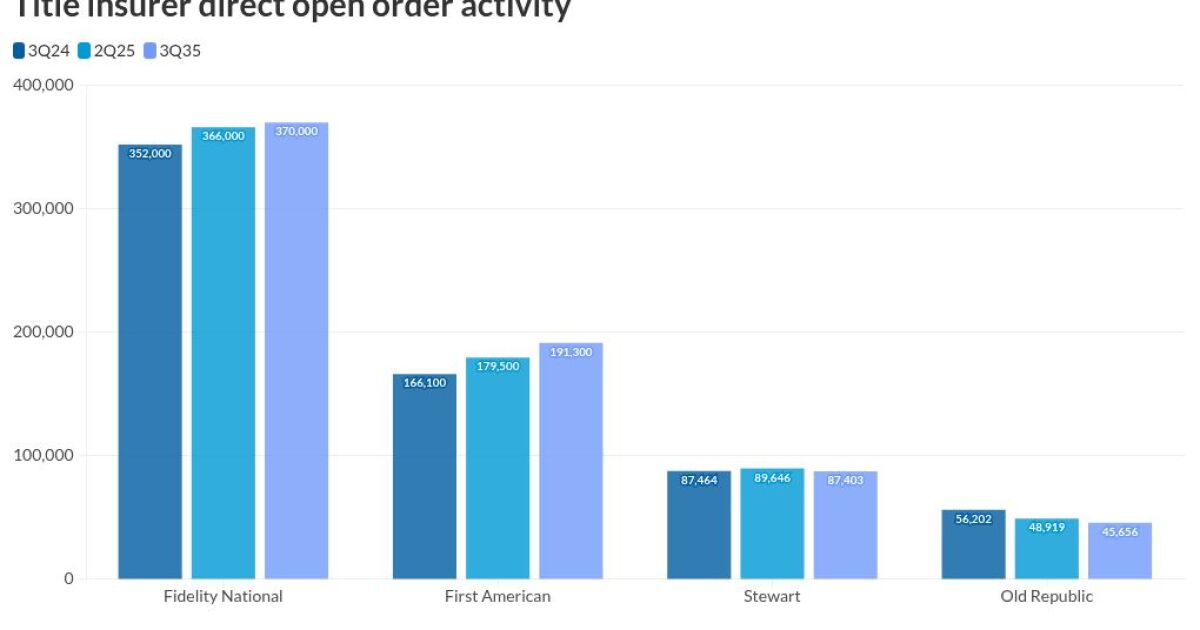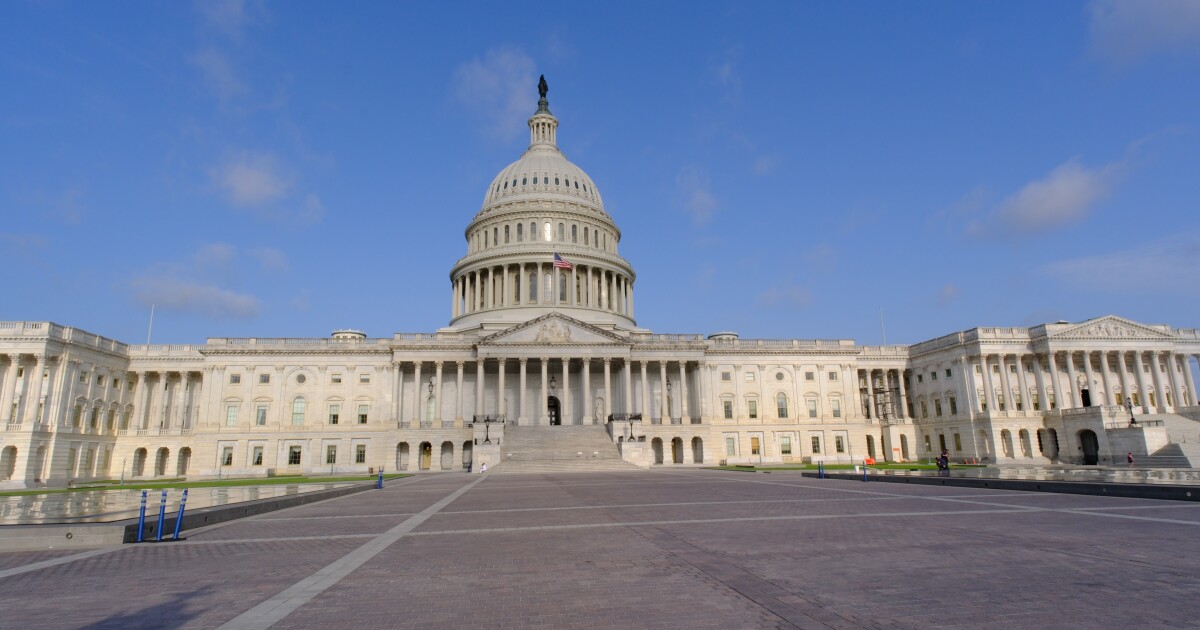
Bond traders are growing
Having endured some major swings last year, Treasuries rallied into the end of 2023 as investors latched on to signs inflation was cooling and central bankers opened the door to rate-cut speculation. While markets have been choppier to start the year, traders have become only more resolute that substantial monetary easing is in store, and soon.
Fresh readings on jobs and inflation — capped Friday by an unexpected decline in producer prices — left markets pricing in an 80% probability that rate cuts will start in March and sent yields on benchmark U.S. two-year notes to the lowest since May. That's even as Fed officials continued to advocate a more gradual pace of reductions this year.
Until this standoff is resolved one way or the other, some gyrations may be in store. The uncertainty underlying this tension is also evident in
The Fed is going to "wait a long time to make sure they have evidence" of disinflation, Robert Tipp, chief investment strategist at PGIM Fixed Income said on Bloomberg Television. "And the evidence, the data, is bouncy. So a posture here that makes a lot of sense is to be relatively neutral as it's going to be a trading-range environment."
The 10-year yield will remained centered around the 4% level, Tipp said, but there will be fluctuations in yields across maturities that provide trading opportunities for investors. Yields on Treasuries with two to 30-years to maturity are all within about 30 basis points of 4%, making most investors happy to snap up the securities when prices dip to capture appealing fixed-payment streams these securities provide.
Longer term, uncertainty remains over how any easing scenario will play out, especially in combination with ongoing Treasury supply, geopolitical tensions and coming elections.
These unknowns have led to major discrepancies among forecasters of long-term rates, paving the way for a "busy year" in markets, noted Torsten Slok, chief economist at Apollo Management, in a report last week.
Financial markets will be closed Monday for the Martin Luther King Jr. holiday and economic data on the docket is second-tier. That leaves bonds poised for more bouts of volatility. Meanwhile, surprise signals from some Fed
Positioning in Treasury futures has become more mixed, with no extreme levels on the long or short side of the marketplace now as traders try to gauge next big moves. Already, the market is casting ahead to inflation data due toward the end of January when the Fed holds its next meeting. The next reading on the personal consumption expenditures price index, the Fed's preferred inflation measure, will be released on Jan. 26.
The Fed has "already told us that they've reached the end of rate hikes and that they've revealed a bias to cut rates," said Stephen Bartolini, a fixed-income portfolio manager at T. Rowe Price. "So they'll be looking at the PCE because the further PCE moves toward their forecast or even through it, then they can increase their timing and pace of rate cuts."
Across all of 2024, swaps traders are penciling in at least six quarter-point rate reductions — more than twice as much as Fed officials signaled in December in their last round of quarterly forecasts. Since then, evidence of easing in labor-market tightness and inflation has ginned up traders to remain locked into bets for aggressive easing this year — though the exact degree of total reduction has ebbed and flowed around key data releases.
A Treasury auction on Thursday of new 10-year inflation-protected bonds has the potential to shed light on investor attitudes. Their yields — at around 1.75%, though about 75 basis points off last year's peak — "remain elevated and above most estimates of neutral real rates," Barclays strategists said in a note.
The 2.25 percentage-point gap between the 10-year TIPS yield and the 10-year Treasury yield represents the average CPI inflation rate needed over time to equalize their returns. Accounting for the difference between CPI inflation and the separate inflation gauge the Fed aims to average around 2%, that's a vote of confidence in the central bank's policies.



